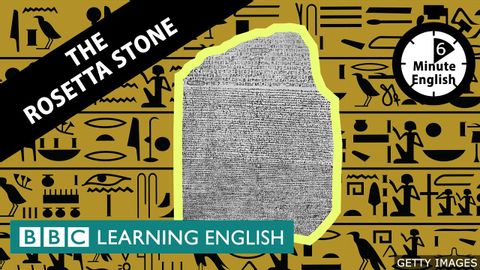
Subtitles & vocabulary
The Rosetta Stone - 6 Minute English
00
林宜悉 posted on 2021/06/22Save
Video vocabulary
recap
US /riˈkæp/
・
UK /'ri:kæp/
- Noun
- Brief description of something that had been said
- Transitive Verb
- To describe or summarize the main points
C1TOEIC
More ancient
US /ˈenʃənt/
・
UK /'eɪnʃənt/
- Adjective
- Very old; having lived a very long time ago
- Relating to a period in history, especially in the distant past.
- Noun
- A person who lived in ancient times.
A2
More unconscious
US /ʌnˈkɑnʃəs/
・
UK /ʌnˈkɒnʃəs/
- Adjective
- Not aware of what is going on around you
- Not being deliberate or on purpose
- Uncountable Noun
- The part of the mind that contains thoughts and feelings that one is not aware of.
B1
More Use Energy
Unlock All Vocabulary
Unlock pronunciation, explanations, and filters
